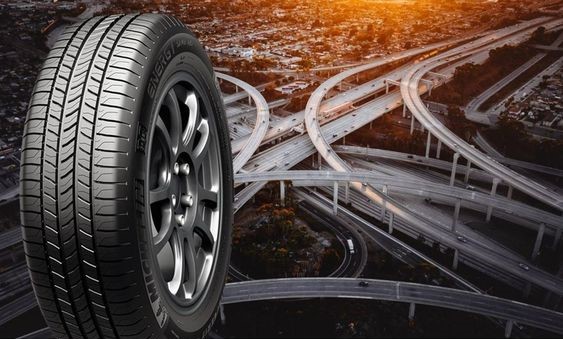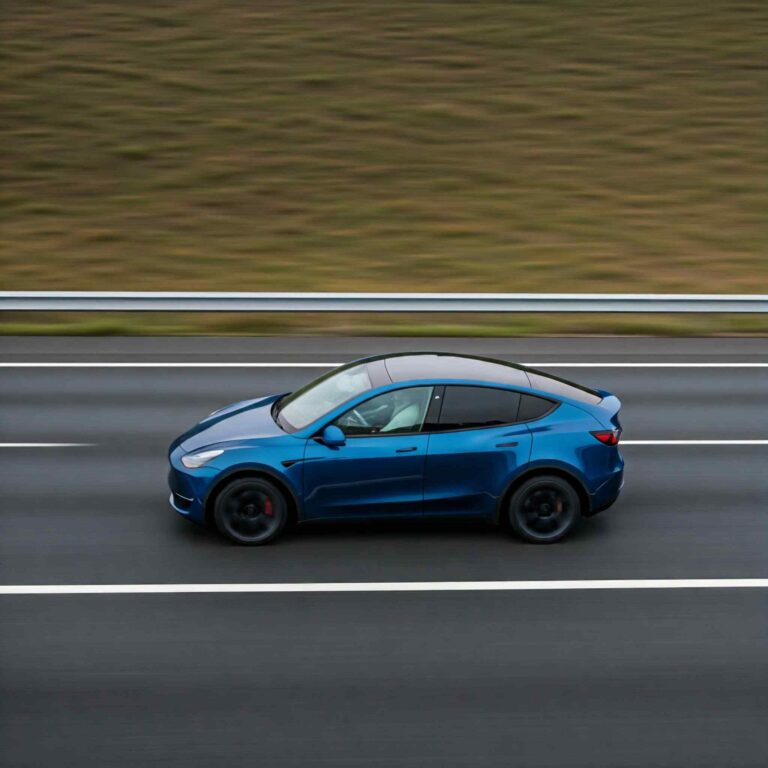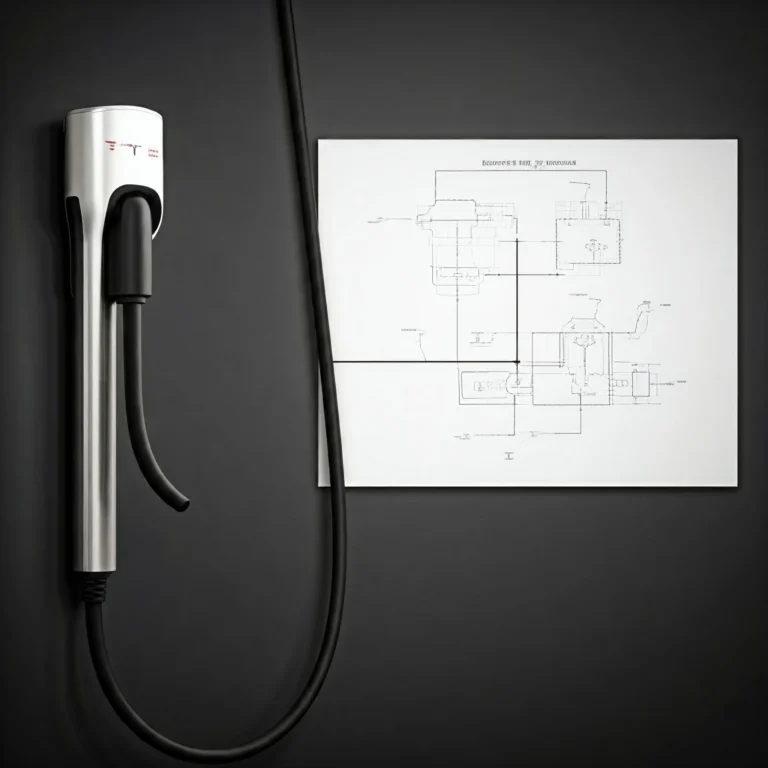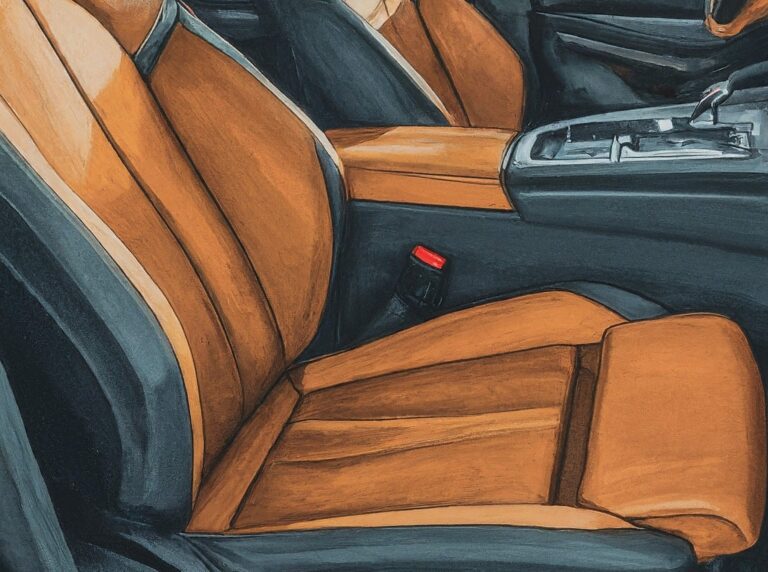Install JBL Speakers in Your Car
How to Install JBL Speakers in Your Car
When upgrading your car’s audio system, installing JBL speakers can significantly enhance your listening experience. With their reputation for high-quality sound and durability, JBL’s speakers have become popular among car audio enthusiasts. In this guide, we’ll walk you through the entire installation process step by step, ensuring you can enjoy a booming sound system in no time.
What You’ll Need
Before you start the installation, gathering the necessary tools and materials is crucial. Here’s a list of what you’ll need:
- JBL Speakers: Ensure you select the right model suitable for your car.
- Screwdriver Set: Both Phillips and flathead screwdrivers will be useful.
- Wire strippers and cutters: These will help in resizing and connecting wires.
- Soldering iron or crimp connectors: for secure audio connections.
- Electrical tape: to protect and insulate connections.
- Panel Removal Tool: To avoid damaging your car’s trim while removing panels.
- Multimeter (optional): To check speaker impedance and ensure compatibility.
- Ratcheting Wrench Set: For removing bolts if necessary.
- Wire strippers and cutters: These are essential for preparing and connecting the speaker wires.
- Electrical tape: This will help secure your connections and prevent short circuits.
- Car Speaker Adapters: Depending on your car model, you may require these to fit the new speakers properly.
- Drill (Optional): If your new speakers don’t align perfectly with the existing mounting holes,
- Multi-Meter (Optional): useful for testing electrical connections but not necessary for beginners.
- Ratchet Set: helpful if you need to remove any bolts or screws during the installation process.
- Speaker grills or covers: Some JBL speakers come with them; these protect your speakers while enhancing aesthetics.
- User Manual: This is always handy for referencing specific installation techniques and compatibility information for your chosen JBL speakers.
Preparation for Installation
Now that you’ve gathered all your tools, it’s time to prepare for the installation. Follow these steps to ensure a smooth process:
- Choose Your Location: Decide on whether you’re replacing existing speakers or installing new ones. Common locations include the front doors, rear deck, or side panels.
- Disconnect the installation and power: Before you start working on your car, make sure to disconnect the negative battery terminal. This ensures your safety by preventing any electrical shorts or shocks as you handle the audio connections.
- Remove Factory Speakers: If you’re replacing existing speakers, you’ll need to remove them. Use your panel removal tool to gently pry off the speaker grilles, if applicable. Then, unscrew the existing speaker for a factory upgrade using your screwdriver. Carefully detach the speaker wires by either unplugging the connectors or cutting them if they’re soldered in. Aftermarket speakers: Be cautious to preserve the cables, as you might need them for your new JBL speakers.
- Check for Compatibility: Refer to your JBL speaker’s manual to determine the required mounting depth and impedance (usually 4 ohms for car speakers). Use a multimeter if necessary to analyze your current speaker setup and ensure the new speakers will work well within your system. Make sure that the JBL speakers you are installing are compatible with your car’s audio system and the dimensions for the speaker locations. Consult the JBL specifications or your vehicle’s manual to verify fitment; incorrect sizes can lead to poor sound or physical installation issues.
- Plan Your Wiring: Before connecting your new speakers, take a moment to plan how you will run the wires. Ensure they are routed away from any moving parts or areas that generate excessive heat. You may want to use existing wire channels if they can accommodate your new wires.
- Clean the Mounting connections: Remove any debris or old adhesive around the mounting area to ensure a clean and solid base for your new JBL speakers. This not only helps in achieving better sound quality but also ensures that the speakers are securely mounted.
Installation Steps
With your preparations complete, it’s time to install your JBL speakers. Follow these steps for a successful installation:
- Remove the Old Speakers: Start by taking out the old speakers. If they are secured with screws or clips, carefully remove them using the appropriate tools. Make sure to disconnect any wiring before fully removing the speaker from the mounting area. Take note of how the wires are connected, as this will help during the installation of the new speakers.
- Prepare the New Speakers: Take the JBL speakers out of their packaging and prepare them for installation. Check the speaker dimensions to ensure they fit properly in the existing mounting holes. If the JBL speakers come with additional mounting brackets or adapters, read the instructions that accompany them to understand how they can facilitate the installation.
- Mounting the New Speakers: Align the new JBL speakers with the mounting holes in the door or dashboard where the old speakers were located. If your speakers come with a mounting bracket, attach it securely first. Use the screws provided to ensure a tight fit. Be careful not to overtighten, as this can damage the speaker or the surrounding panel.
- Connecting the Wires: Once the speakers are mounted, it’s time to connect the wiring. Refer to your notes from the old speaker removal and connect the positive (usually red) and negative (usually black) wires from your car to the corresponding terminals on the JBL speakers. If the wires are bare, strip a small portion of insulation off the ends and either solder or use crimp connectors to secure the connection. Ensure the connections are tight and insulated to prevent short circuits.
- Testing the Speakers: Before securing everything back into place, it’s essential to test the Factory speakers or speaker adapter. Reconnect the car battery and turn on your stereo. Play some music or audio that you’re familiar with to easily assess the sound quality. Check each speaker individually to ensure they’re functioning correctly and producing clear sound without distortion. If you notice any issues, double-check the wiring for proper connections.
- Securing Everything: After verifying that the JBL speakers are working correctly, disconnect the battery again to avoid any electrical mishaps while you finish up. Tuck any excess wiring neatly behind the speakers, and reattach any panels or grilles that were removed during installation. Ensure everything is fitted securely to prevent rattling while driving.
- Reconnecting the Car Battery: Once all components are securely reattached and you have double-checked that everything is in place, reconnect the car battery. Ensure the battery terminals are clean and tightly connected.
- Final Checks: After the battery is reconnected, perform a final check. Turn on your car’s audio system again, and play a variety of audio tracks to further evaluate the performance of your new JBL speakers. Listen for any vibrations, rattles, or unusual sounds that might suggest improper installation or loose fittings.
- Enjoy Your New Sound System: The moment you’ve been waiting for is finally here! Sit back, adjust your tone settings and EQ preferences, and enjoy the improved audio quality your new JBL speakers provide. Whether it’s the deep bass or the clear vocals, your driving experience is bound to be enhanced.
Tips for JBL Speaker Installation
- Use Quality Tools: Ensure you have quality tools at your disposal, such as a Phillips head screwdriver, wire strippers, and a soldering iron, if needed. Good tools will make the installation smoother and more efficient. Use Quality Speaker Wire: Invest in high-quality speaker wire to ensure that you get the best sound performance out of your JBL speakers. Thicker gauge wires can handle more power and minimize the loss in audio quality, particularly in larger vehicles.
- Sound Deadening Material: Consider using sound deadening material in your car doors, where the speakers will be mounted. This material helps reduce vibrations and road noise, resulting in clearer sound quality. Brands like Dynamat or Noico offer effective solutions.
- Proper Wiring: Use high-quality speaker wire that can handle the wattage of your JBL speakers. If you are using an amplifier, ensure that the wiring is capable of supporting the power requirements. Remember to match the polarity (positive and negative connections) correctly to ensure optimal performance.
- Mounting Brackets: If the JBL speakers don’t come with mounting brackets, you may need to purchase aftermarket ones. Proper brackets will secure your speakers properly and minimize any rattling or movement during use. Always check the fit of the brackets and ensure they are sturdy enough to hold the weight of the speakers.
- Testing Before Final Assembly: Before you reassemble the door panels or any parts, take a moment to test your speakers. Connect everything temporarily and play your favorite songs to ensure all connections are secure and there are no issues with sound quality. This step can save you from having to dismantle everything again if there’s a problem.
- Consider Sound Direction: When positioning your speakers, consider the angles and direction they’ll be facing. For the best sound experience, if you’re installing 2-way coaxial car speakers, make sure they’re aimed towards your ears. This can significantly enhance the audio quality and create a more immersive listening experience.
- Secure All Connections: Ensure all wire connections are securely fastened and insulated. If you’re soldering connections, use heat-shrink tubing to protect against corrosion and shorts. If you’re using connectors, make sure they fit snugly to prevent any signal loss.
- Avoid over-tightening Screws: When mounting the speakers, be cautious not to over-tighten screws, as this can strip the holes or damage.
Advanced Tips for JBL Speaker Installation
- Careful Measurement: Before purchasing or installing your JBL speakers, carefully measure the dimensions of the mounting area. This includes the depth, width, and diameter requirements. A poor fit can lead to undesirable audio performance and require additional car modifications.
- Speaker Compatibility: Ensure that the JBL speakers you choose are compatible with your car’s audio system. Check the specifications of your head unit (stereo) and vehicle to ensure that the power rating and impedance match well with the speakers. This consideration will help optimize performance and prevent damage to both the speakers and the head unit.
- Use of Anti-Rattle Tape: To further dampen vibrations and unwanted noise, consider placing anti-Rattle tape around the edges of the speaker before installing it into the bracket. This tape helps create a snug fit and reduces the likelihood of rattling, making your music sound better.
- Keep It Dry: If your vehicle is exposed to moisture (e.g., rain, snow), ensure that the speaker installation is watertight. Use silicone sealants or rubber gaskets to protect the speakers against water infiltration, which could lead to corrosion and electrical problems.
- Choose the Right JBL Speakers for Your Vehicle: Before installation, ensure you have the appropriate JBL speakers that match your car’s specifications. Review the speaker dimensions and impedance ratings suited for your vehicle’s audio system. This will optimize performance and ensure a proper fit.
- Use the Right Tools: Have all necessary tools at hand before starting your installation, including a screwdriver set, wire strippers, crimping tools, a multimeter for checking connections, and a trim removal tool. This preparation helps you avoid unnecessary trips to find missing tools mid-installation.
- Follow Manufacturer Guidelines: Always refer to the installation instructions provided by JBL. Each speaker model may have specific requirements or recommendations that can significantly influence installation success and performance.
- Insulate and Protect Wiring: Use electrical tape or heat-shrink tubing to cover any exposed wire connections. This insulation not only protects the wires from external elements but also minimizes the chance of shorts, ensuring a longer lifespan for your installation.
- Consider Soundproofing Your Car: To maximize sound quality and minimize external noise, consider applying sound-deadening material in the areas where the speakers are installed. This can help improve the overall listening experience by reducing vibrations
- Test Before Finalising: Before securing the speakers completely, test the audio output by connecting the wires and turning on your car’s audio system. This preliminary check ensures that everything is working correctly and allows you to make any adjustments without having to dismantle components again.
- Pay Attention to the Orientation: The orientation of the speakers can impact sound quality. Make sure the speaker cones are facing the direction that helps in optimal sound dispersion – generally towards the listener. Properly adjusting the angle can significantly enhance audio clarity and richness.
- Utilise Crossovers Wisely: If your JBL speakers come with a crossover network, make sure to install it according to the specifications. Crossovers separate the audio signal into appropriate frequency bands, optimizing sound delivery and protecting the speakers from playing frequencies they can’t handle.
Conclusion
Enhance your driving experience and elevate your music listening pleasure with the exceptional performance of two-way and three-way car speakers. These speakers deliver optimal sound quality and bring your music to life, maximizing the enjoyment of your time on the road.





